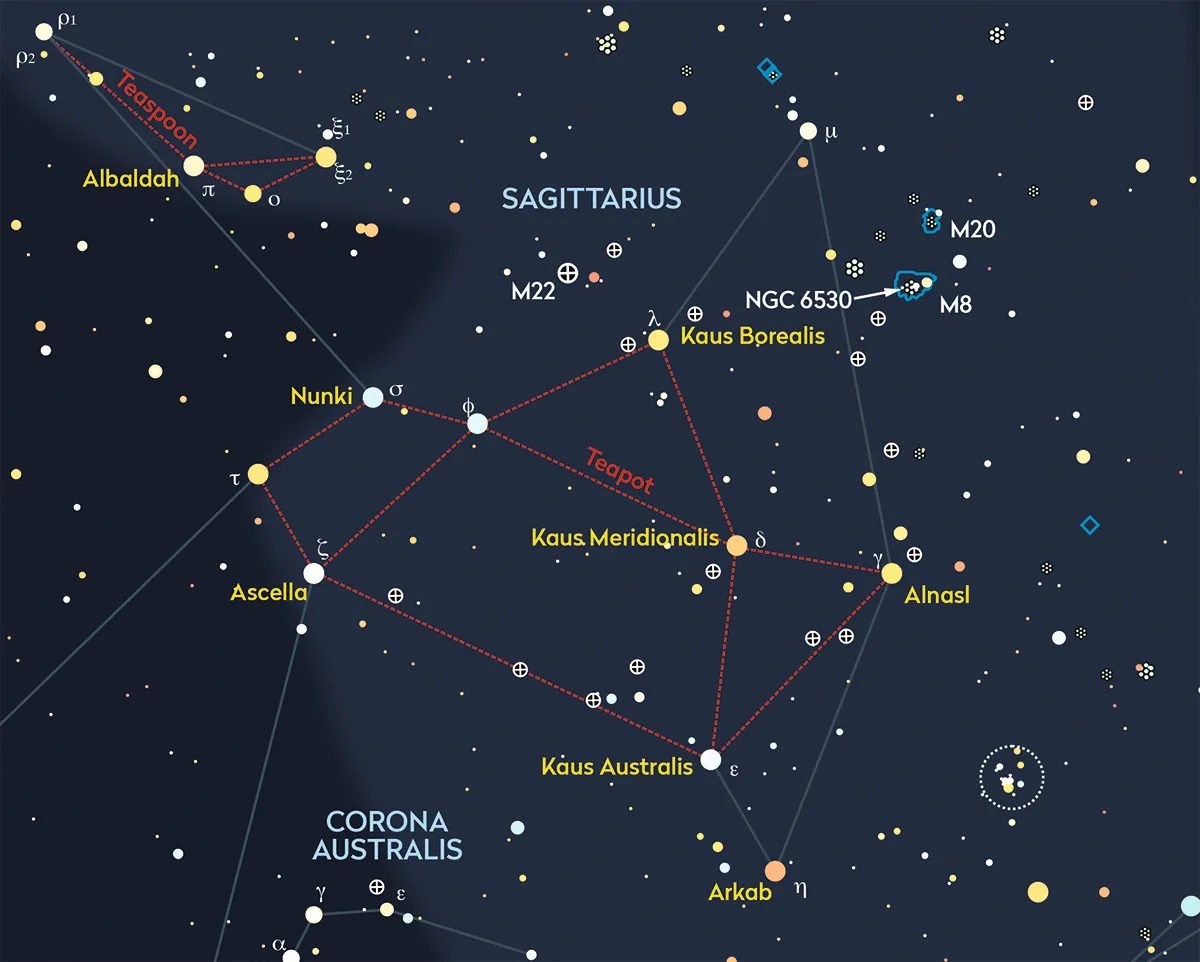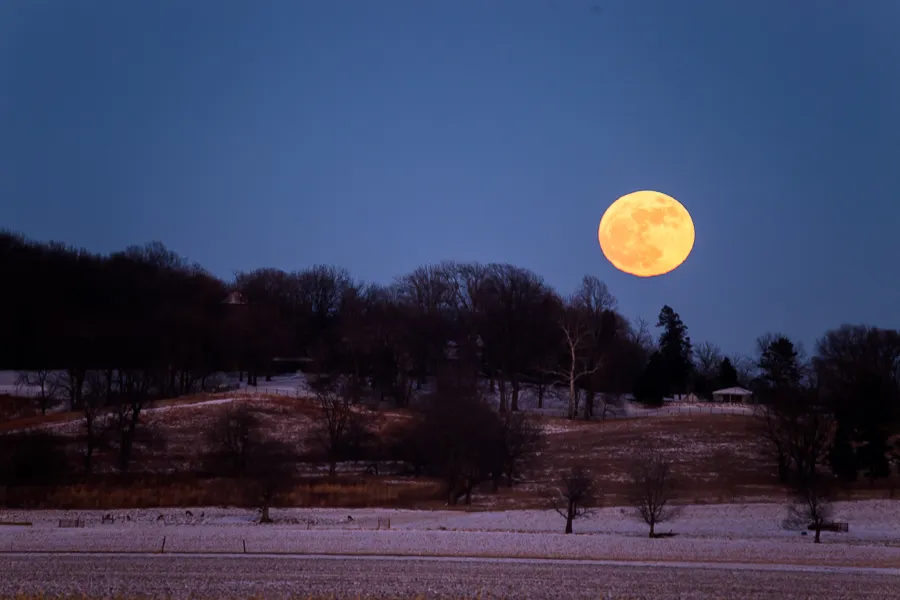The Buck Moon is the name given to the full Moon in July, and you'll be able to see the 2025 Buck Moon rising this week, on 10 July at 22:09 BST.
A bright full Moon is a beautiful sight, and one of the most striking naked-eye phenomena visible in the night sky.
Find out when the next full Moon is visible and sign up to the BBC Sky at Night Magazine e-newsletter for weekly stargazing advice delivered to your inbox.

Many amateur astronomers avoid observing on nights when the Moon is big and bright, as it makes targets like meteor showers and deep-sky objects like galaxies and nebulae harder to see.
But for those of us who love gazing at the Moon with the naked eye, a full Moon is something to look forward to every month.
Here we'll look at what the Buck Moon is, when to see it and tips for making the most of it.

Why it's called a Buck Moon
Each full Moon of the year has its own informal nickname, leading to wonderful-sounding monikers like the Pink Moon, the Worm Moon and the Strawberry Moon.
Often full Moon nicknames are historic, and have come about because they denote a significant change or phenomenon in nature seen during that month.
The Buck Moon is the full Moon in July, and refers to the fact that July is the time of year when male deer - known as 'bucks' - begin to grow their antlers, and is the beginning of game-hunting season.
As with all other full Moon names, the term 'Buck Moon' doesn't mean the Moon will look any different from any other full Moon of the year.

Observing the Buck Moon
The Buck Moon will rise on 10 July at around 10pm and be visible in the south-southeast in the constellation Sagittarius.
In fact, the 2025 Buck Moon will be right inside the Teapot asterism, which is located within Sagittarius.
The Moon will work its way across the southern part of the sky throughout the night, setting in the southwest in the early hours around dawn.
Because Sagittarius is a low-lying constellation, never rising fully above the horizon from more northerly parts of the Northern Hemisphere, this means the 2025 Buck Moon will be a low-hanging full Moon.
You'll need a clear southern horizon to see it, unobstructed by tall buildings or trees.

But is it worth observing the Buck Moon?
Many astronomers avoid a full Moon, because that's when the Moon's Earth-facing side is flooded with light, making features difficult to discern.
And yet it is a beautiful target to observe, particularly for kids and newcomers to astronomy.
Find out more about this in our guide on what to see during a full Moon and scroll down for more ideas.
The Moon illusion

The Moon illusion describes how a full Moon close to the horizon looks bigger than you might expect.
This is an optical illusion and is likely due to the fact that the Moon is closer to foreground objects and so seems to dwarf them, emphasising the Moon's size.
Observe the Buck Moon rising at the end of July and see if it looks much bigger to you.
An orange Moon

The Buck Moon may appear orange, but this will be due to your perspective from Earth when observing it, rather than the Moon itself.
When the Moon is close to the horizon, it can sometimes appear rusty and red-coloured.
Low down, the Moon appears orange, and this effect is caused by sunlight bouncing off the Moon and passing through Earth's atmosphere.
Closer to the horizon, moonlight passes through a thicker part of Earth's atmosphere, causing scattering of blue and violet light.
The effect is that when we view a low-down Moon, it appears redder.
Observe the Buck Moon when it's rising and setting. Does it appear huge and orange?
Lunar halo

You may see a bright halo around the Moon when you observe a full Moon, and this is a well-known phenomenon.
You see a halo around the Moon as moonlight passes through surrounding clouds, causing the appearance of rings of light and other phenomena.
If you're observing the Buck Moon, see if you can spot any tricks of light caused by the bright lunar glare.
Observe, sketch, photograph and marvel

Spend time observing the full Moon and getting to know its interesting features.
A pair of binoculars will give you a closer look and enable you to explore craters and the lunar maria - or seas.
Keep observing the Moon over the coming weeks and see how the phases of the Moon cause these features to appear differently.
You may even be able to spot the moonlanding sites with our guide to locating the Apollo landing sites on the Moon.
Sketch the lunar surface then compare your work with family and friends. Find out more in our guide on how to sketch the Moon.
Or photograph the Moon. You don't need a fancy DSLR to capture an image of the Moon.
If you have a smartphone tripod - or can balance your phone while it's pointed at the Moon - and if your phone's camera has a 'pro' photography mode, tweak the ISO, white balance and exposure time and see what you can achieve.
Read our guide on how to photograph the Moon with a smartphone for more advice.
If you do manage to capture an image of the Buck Moon, don't forget to send us your images.

